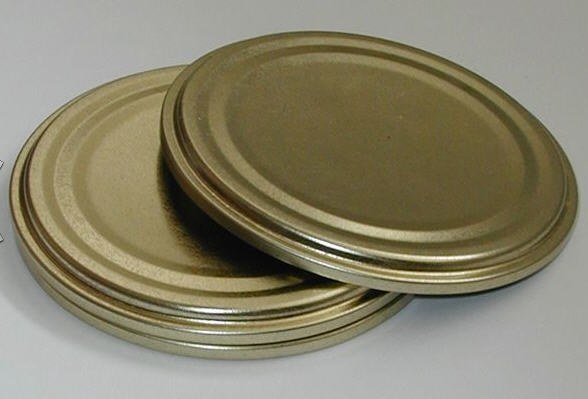Why to perform sterilization of the lids and cans
Even on those lids and jars which seem clean, abundant live organisms that can harm not only the workpiece, but also health. Not the terrible microorganisms, and their waste products – they are quite poisonous and can cause severe poisoning. To be safe, all jars and lids should be sterilized.
For canning it is necessary to choose covers no defects, no signs of rust. If the surface is painted, paint must not be damaged. This leads to corrosion in storage, which negatively comments on the products. And caps, and cans shall be thoroughly cleaned, a good result can be achieved by using simple baking soda. Then everything just well washed under running water.
The so-called "hot sterilization" sometimes puzzles beginners Housewives to a standstill. If the banks are sterilized in different ways – and for a couple, and in boiling water and in a microwave oven and a conventional oven, with lids that would not work. The metal cover can not be placed in the microwave, in the oven they burn and melt the plastic treacherously.
Methods of sterilization caps
Sterilization of caps can be done in several ways.
The advantages of these methods are obvious: excellent quality sterilization and additional costs are required.The oldest and most common method of sterilization, which was successfully used even by our grandmothers – sterilization by boiling. This will need to take a saucepan and boil the necessary amount of water and then just dip in boiling water cover. They should be boiled just before to close the banks with the presets. In boiling water they should be kept from two to fifteen minutes.
Continue to do necessary depending on the material of the cover. Nylon can hold in boiling water quite a bit, otherwise they can deform and the jar will not fit. Hot cap is to be removed from the boiling water with tongs. Before closing, they need to allow to dry.
There is another way, but it is not suitable for all caps. They can be sterilized in a hot oven – but only for metal and only the ones without the rubber inserts. The time for sterilization is approximately 10 minutes.
The advantages of processes is that they are very fast and are not time consuming and the oven and pans are at all, unlike steamers, for example – they sometimes also sterilize banks and covers.
Sometimes the covers do not warm up in any way – some Housewives prefer a little to hold them in solution furatsilina, potassium permanganate or alcohol. This method is suitable for tin, and to glass and plastic lids.
